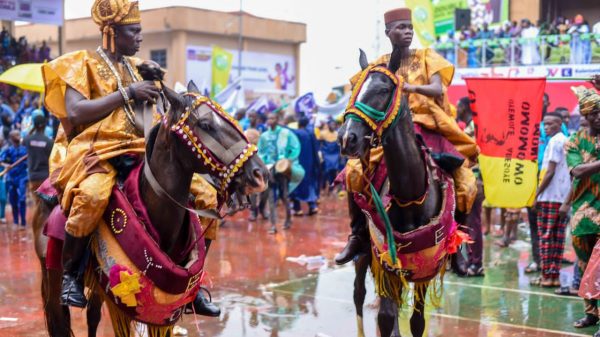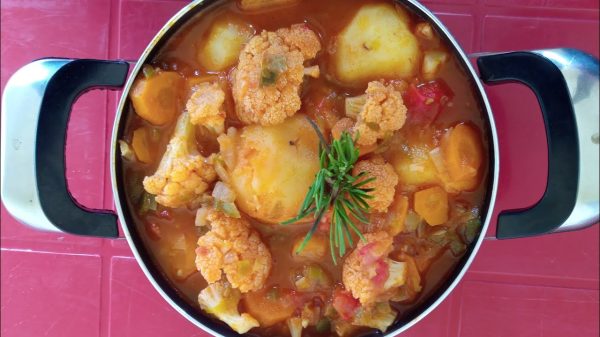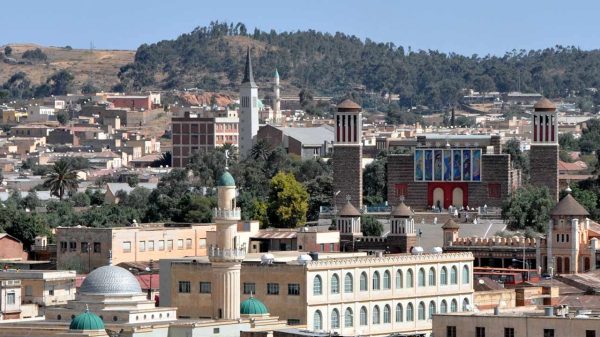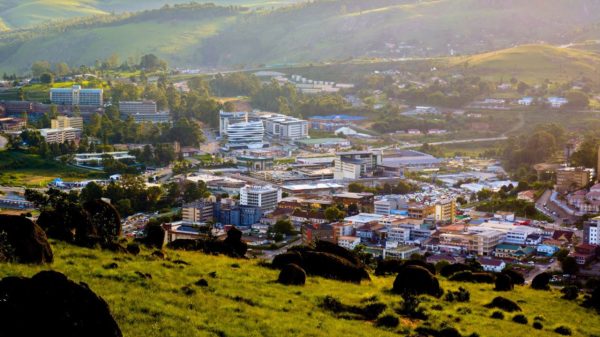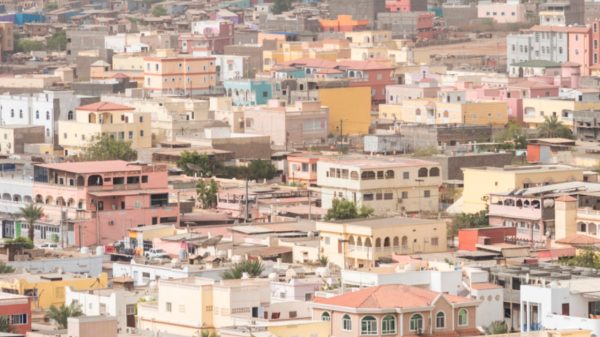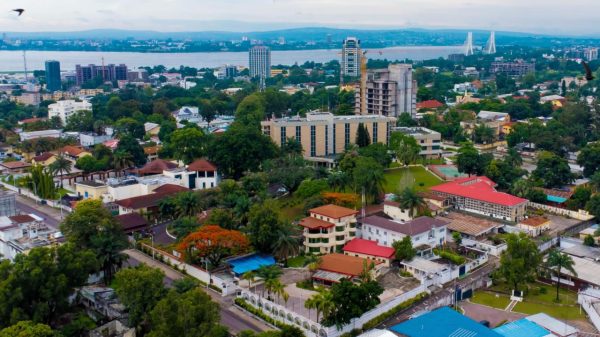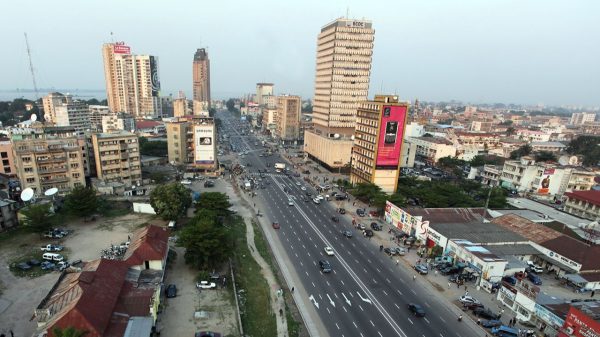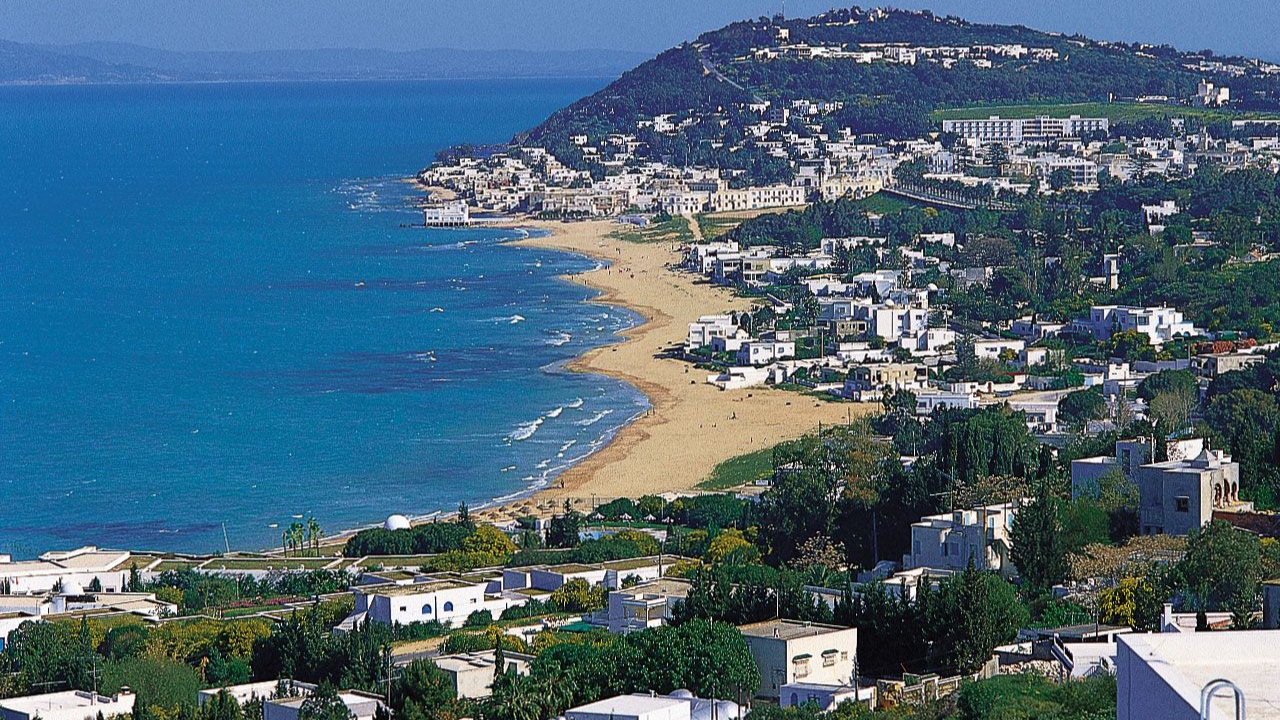Tunisia is strategically located on the North African coast.
The country boasts a rich tapestry of history and culture shaped by Phoenician settlers, the mighty Roman Empire, and Arab conquests.
From the ancient ruins of Carthage and the grand amphitheater of El Djem to the spiritual significance of Kairouan, Tunisia offers a captivating blend of historical landmarks and vibrant traditions. Its pivotal role in the Arab Spring further underscores its modern-day importance. Here are nine fascinating facts about this remarkable country:
1. Birthplace of Carthage
Founded around 814 BCE by Phoenician settlers, Carthage became a dominant maritime power in the Mediterranean. At its peak, the city had a population of approximately 500,000 inhabitants. The ancient ruins of Carthage, located near modern-day Tunis, are now a UNESCO World Heritage Site, attracting scholars and tourists alike. Excavations have revealed intricate mosaics, amphitheaters, and harbors, underscoring its historical significance.
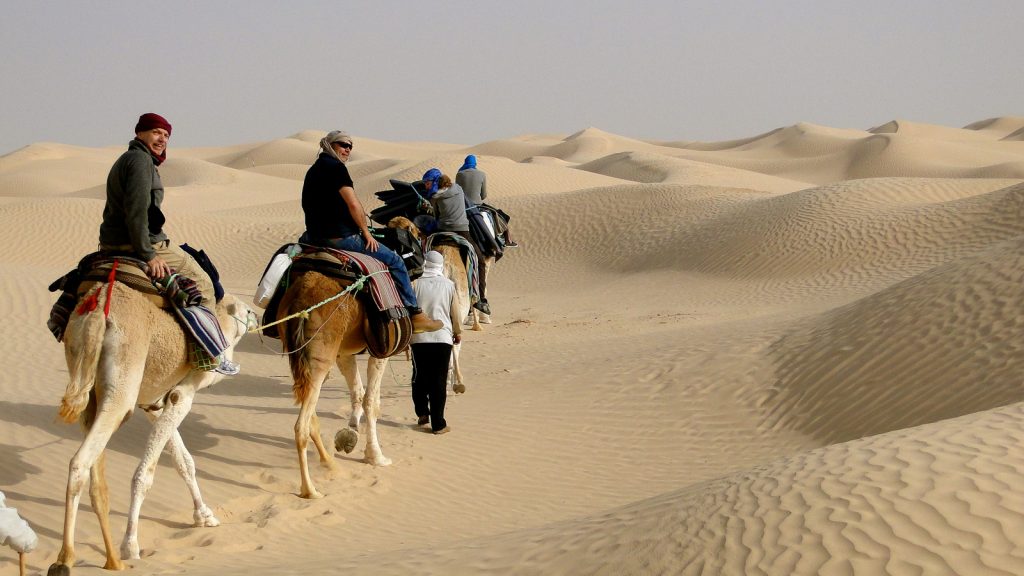
2. Star Wars Filming Location
Tunisia’s diverse landscapes served as iconic backdrops for several Star Wars films. The desert town of Tataouine inspired the name of Luke Skywalker’s home planet, Tatooine. Notable sites include the Hotel Sidi Driss in Matmata, which portrayed Luke’s childhood home, and the Ksar Ouled Soltane, representing slave quarters in Mos Espa. These locations have since become pilgrimage sites for fans worldwide. citeturn0search3
3. Rich Olive Oil Production
Tunisia ranks among the world’s top olive oil producers, with over 1.8 million hectares dedicated to olive cultivation. The country produces an average of 220,000 tons annually, exporting to markets across Europe and North America. Tunisian olive oil is renowned for its high quality, often blended with other oils to enhance flavor profiles.
4. Home to the Sahara Desert
Approximately 40% of Tunisia’s landmass lies within the Sahara Desert. The expansive dunes of the Grand Erg Oriental and the picturesque oases, such as Ksar Ghilane, offer unique experiences for travelers. The desert’s vastness and beauty have made it a sought-after destination for adventure tourism, including camel treks and sandboarding.
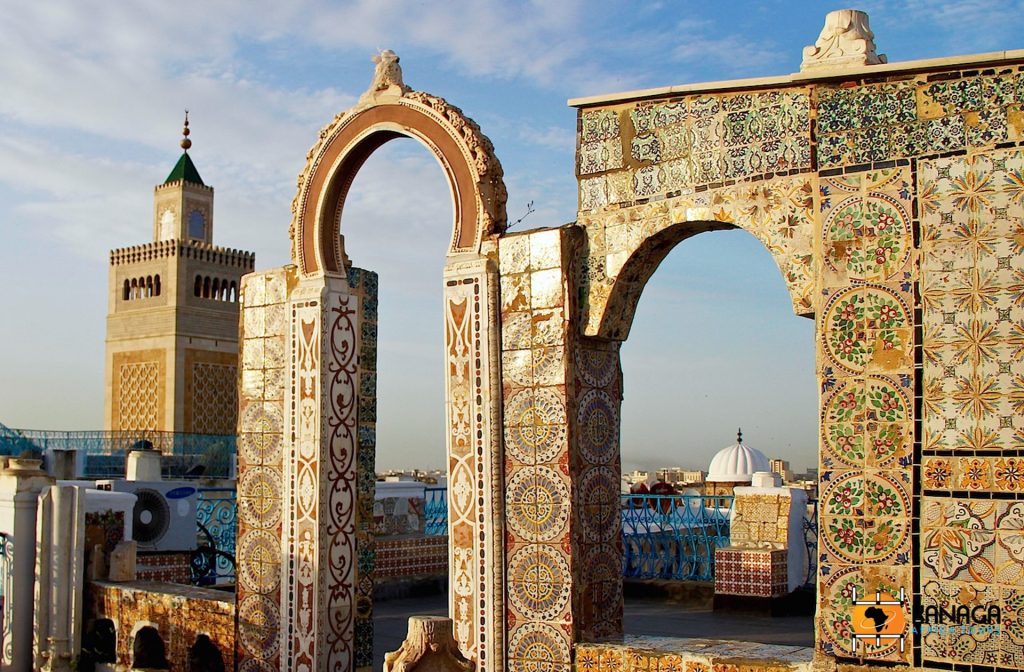
5. The Medina of Tunis
The Medina of Tunis, established in the 7th century, is a UNESCO World Heritage Site. Spanning over 270 hectares, it houses more than 700 monuments, including palaces, mosques, and fountains. The Medina’s labyrinthine streets and vibrant markets reflect the city’s rich history and cultural amalgamation.
6. Djerba: The Island of Cohabitation
Djerba, located off Tunisia’s southeastern coast, is the Mediterranean’s largest island, covering 514 square kilometers. It’s renowned for its harmonious blend of cultures, notably its Muslim and Jewish communities. The El Ghriba Synagogue, one of the oldest in Africa, stands as a testament to this coexistence and attracts pilgrims annually.
7. Architectural Marvels: Ksour
Southern Tunisia is dotted with ksour (singular: ksar), fortified granaries built by Berber communities. Structures like Ksar Ouled Soltane and Ksar Hadada, characterized by their multi-storied vaulted rooms, were historically used to store grain and protect against raids. Their unique architecture has also caught the attention of filmmakers and tourists alike.
8. The Great Mosque of Kairouan
Established in 670 CE, the Great Mosque of Kairouan is one of the oldest places of worship in the Islamic world. Covering an area of over 9,000 square meters, it features a massive minaret and a vast prayer hall. The mosque’s architectural design has influenced many subsequent Islamic structures throughout North Africa.
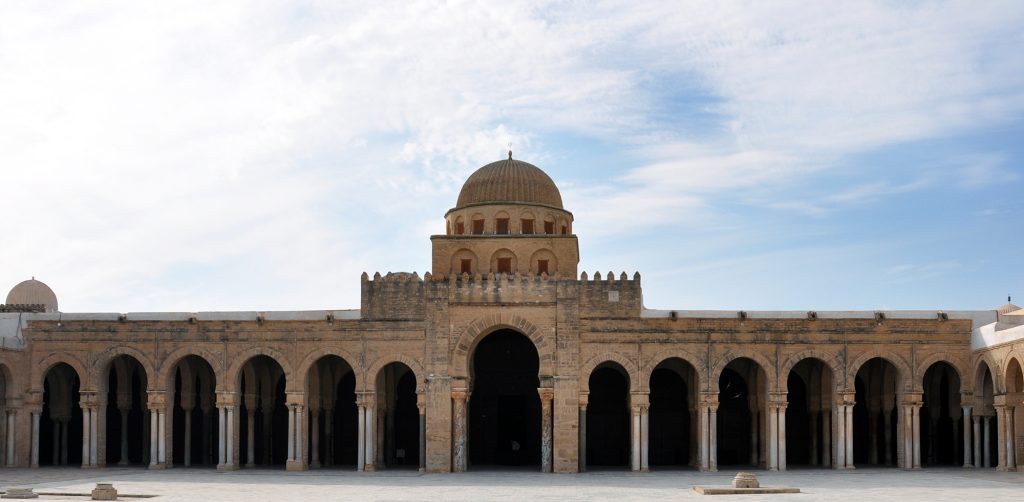
9. Harissa — A Culinary Staple
Harissa, a spicy chili paste, is integral to Tunisian cuisine. Made from sun-dried peppers, garlic, olive oil, and spices, it’s used to flavor dishes ranging from couscous to grilled meats. In 2022, UNESCO recognized Harissa as part of Tunisia’s intangible cultural heritage, highlighting its cultural and culinary significance.
Subscribe to our Newsletter
Stay updated with the latest trends in African Pop Culture!



